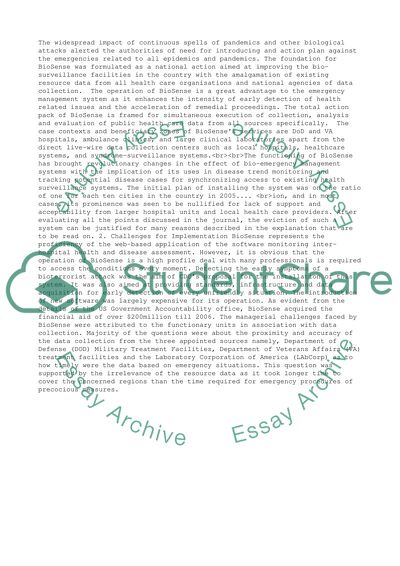Cite this document
(“Management of Information System Change Essay Example | Topics and Well Written Essays - 2750 words”, n.d.)
Retrieved de https://studentshare.org/business/1390838-management-of-information-system-change
Retrieved de https://studentshare.org/business/1390838-management-of-information-system-change
(Management of Information System Change Essay Example | Topics and Well Written Essays - 2750 Words)
https://studentshare.org/business/1390838-management-of-information-system-change.
https://studentshare.org/business/1390838-management-of-information-system-change.
“Management of Information System Change Essay Example | Topics and Well Written Essays - 2750 Words”, n.d. https://studentshare.org/business/1390838-management-of-information-system-change.


